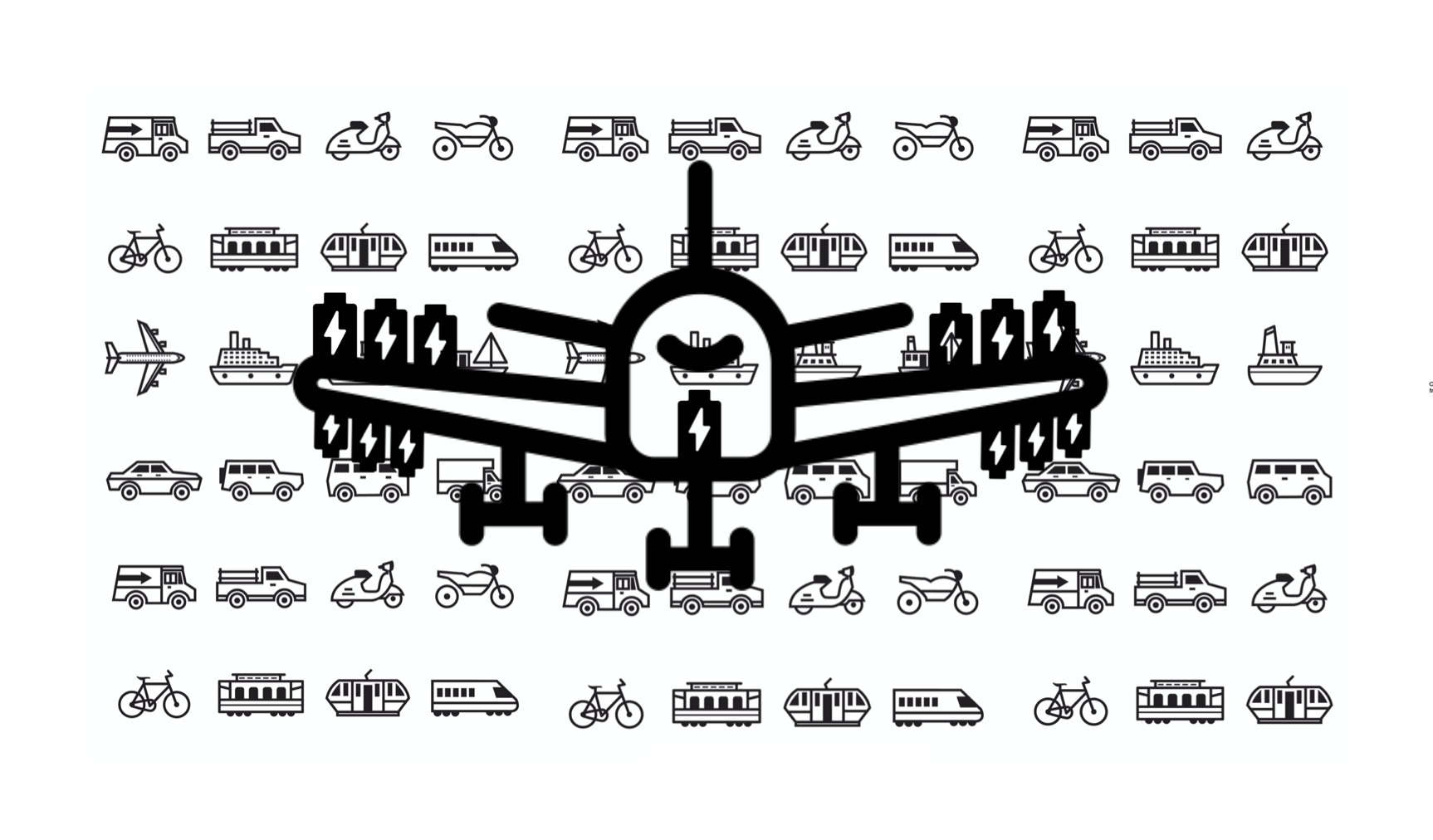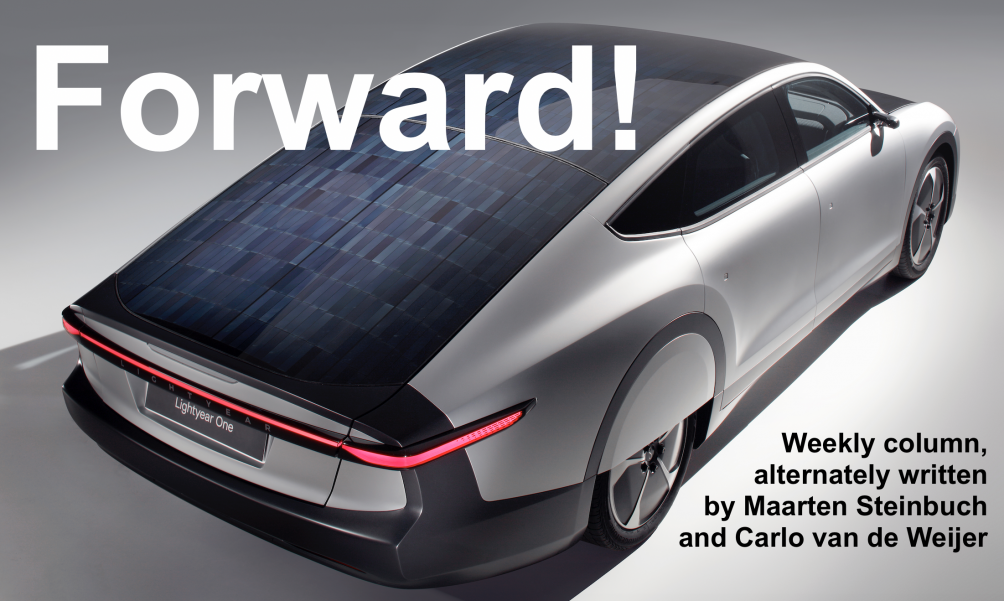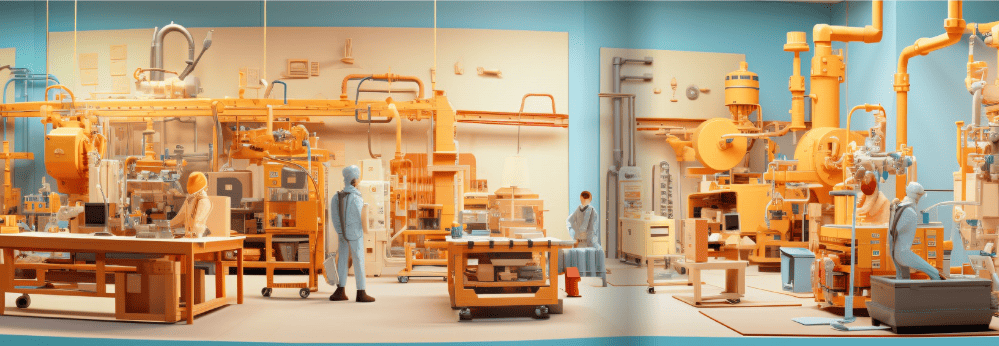
In this column on the future of mobility, we’ve talked about electric flying before. I mentioned the initiatives for building two-, nine- and nineteen-seaters powered by batteries. Although there are still uncertainties, there are quite a few start-ups and larger companies worldwide that are developing this aviation segment. Several of these companies have already sold out their not-yet-produced units in advance for years, long before they will actually be delivered.
The enthusiasm in the market is not surprising, because the promise is great: travel distances of at least several hundred kilometers, in a way that is just as climate-friendly as by train or electric car, but with far less particulate matter, less damage to the landscape and with significantly lower costs for infrastructure facilities. Moreover, electrically powered aircraft produce significantly less noise than fossil aircraft. The development also coincides nicely with the further greening of electrical energy and of the airports themselves.

There are two new initiatives in the Netherlands. Electron Aerospace is focusing on the design of a very light five-seater aircraft for use as an aircraft cab. The company has a partnership with Groningen Airport Eelde and is based in Amersfoort. Delft-based Venturi Aviation is taking an entirely different approach. The design of their first aircraft accommodates no less than 44 passengers. An unprecedented number.
Venturi Aviation optimizes all aspects to design the most efficient aircraft possible with maximum range. The battery is obviously an important factor. If you want to make maximum use of the aircraft, several flights per day will have to be made. With today’s fast chargers you hardly lose any time. However, you can expect that battery degradation will play an important role. An interesting thought here is that if the battery has to be replaced after two or three years of intensive use, the residual value and residual capacity are such that the battery can lead a second life as a stationary battery at the airport.
Because battery technology is developing so rapidly, the expectation is that the new batteries you then put in the aircraft will again give several dozen percent more range. Thus, the aircraft becomes deployable on more and more routes during its existence. The value, therefore, increases, while at the same time the cost price and also the life span of the batteries become more and more favorable. This self-reinforcing proposition of battery-powered electric flying will ensure that this new mobility segment will see strong growth.
Maarten Steinbuch and Carlo van de Weijer are alternately writing this weekly column, originally published (in Dutch) in FD. Did you like it? There’s more to enjoy: a book with a selection of these columns has just been published by 24U and distributed by Lecturis.







